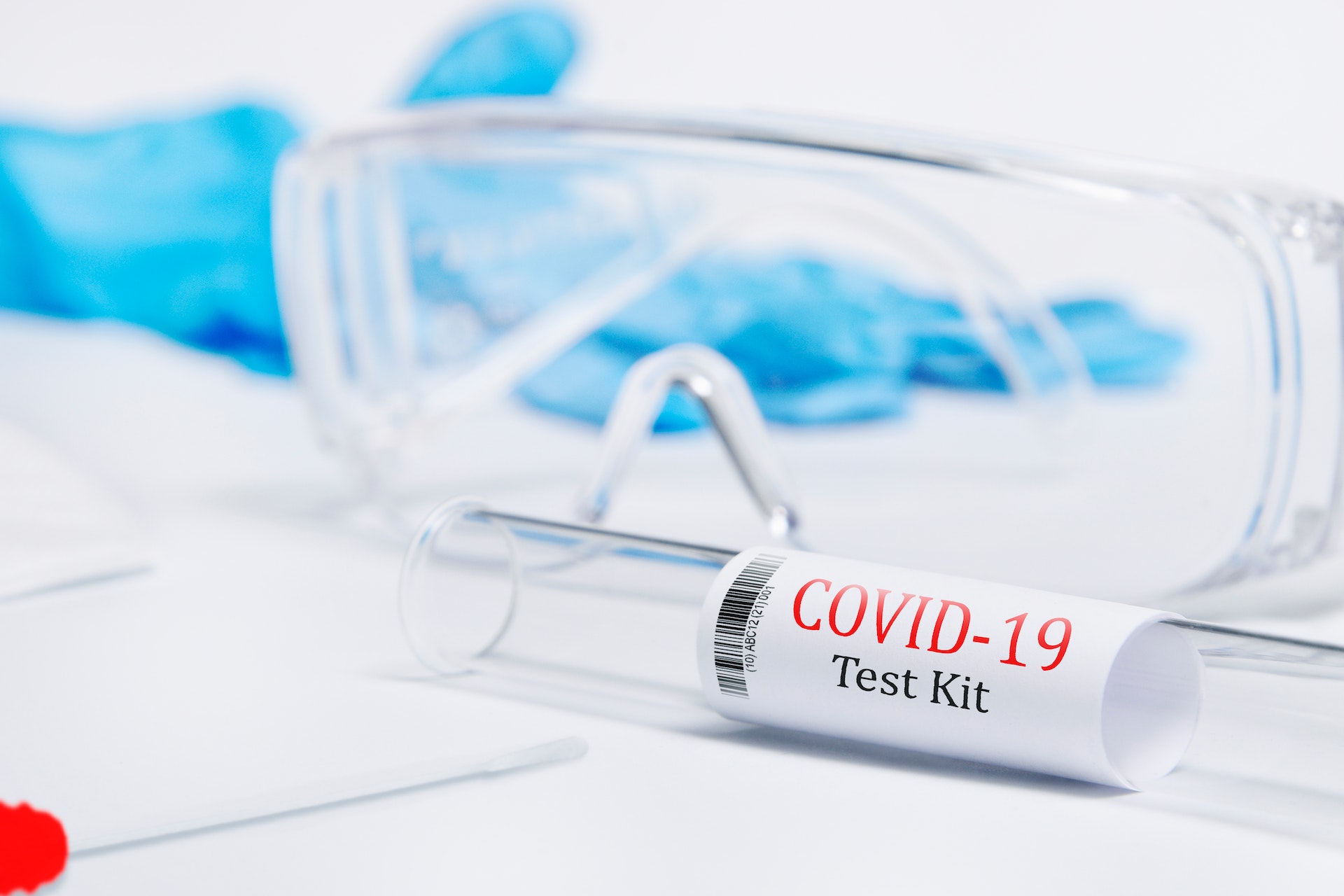For more than three years, the global community has witnessed the progression of the coronavirus responsible for the COVID-19 pandemic, as it has given rise to numerous variants. Furthermore, the advent of vaccination and prior exposure to the disease have significantly impacted our collective experiences with it.
It is worth noting that despite the efforts to contain the spread of the disease, COVID-19 continues to prevail as a significant public health concern across the globe. Its impact on healthcare systems, economies, and societal norms remains a topic of ongoing study and analysis.
Moreover, the emergence of new variants and the waning immunity of vaccinated individuals highlight the ongoing challenges in managing the COVID-19 pandemic, underscoring the need for continued vigilance and innovative approaches in addressing the evolving nature of the disease.
Contents
The Prevalence of COVID-19 in 2023
As the long-term effects of the virus continue to be researched and understood, it is clear that the consequences of this pandemic will be felt for years to come. While there may be a steady decrease in the number of new cases, there are still some places like Iowa City where an average of 240 COVID-positive cases per day are reported.
Therefore, prevention is still recommended, and the best way to do so is by being vigilant and getting tested. If you are experiencing COVID-19 symptoms, there are many services of rapid COVID testing in Iowa City. For example, Town Crest Health Mart Pharmacy offers rapid antigen and PCR tests that deliver results in 15-30 minutes.
Over time, the primary symptoms associated with COVID-19 have evolved. Let us discuss the top COVID-19 symptoms as of now.
Fever or Chills
Fever or chills are common symptoms of COVID-19, caused by the immune system’s response to the virus. The body’s temperature may rise as a defense mechanism to fight off the virus, resulting in a fever. On the other hand, the chills are often accompanied by fever and are characterized by a sensation of coldness, shivering, or shaking. In some cases, individuals with COVID-19 may experience a low-grade fever. In others, the fever may be high and persistent.
Monitoring body temperature using a thermometer and taking measures such as rest, hydration, and medication can help alleviate the symptoms and facilitate recovery. It is essential to note that fever and chills are not exclusive symptoms of COVID-19 and can also be caused by other infections, making testing and accurate diagnosis critical in determining appropriate treatment.
Sore Throat
Sore throat has been identified as a potential symptom of COVID-19, although it is not as common as fever or cough. The virus can cause inflammation in the respiratory tract, leading to a scratchy, itchy, or painful throat. In some cases, individuals with COVID-19 may also experience difficulty swallowing or hoarseness of voice. It is essential to note that sore throat is not a definitive symptom of COVID-19 and can also be caused by other factors such as allergies or the common cold.
Measures such as staying hydrated, gargling salt water, and taking over-the-counter pain relievers may help alleviate the symptoms. Testing and accurate diagnosis are critical in determining appropriate treatment and preventing the spread of the virus to others.
Fatigue
Fatigue is a common symptom of COVID-19 and is often reported by infected individuals. It is characterized by a feeling of tiredness, weakness, and lack of energy. COVID-19 fatigue can range from mild to severe and may persist for an extended period, even after other symptoms have subsided. The virus can cause inflammation in various organs, leading to a systemic response from the immune system, resulting in fatigue. In some cases, individuals with COVID-19 may also experience muscle aches, headaches, and dizziness.
It is essential to note that fatigue is not exclusive to COVID-19 and can also be caused by other factors such as stress, sleep disorders, or other infections. However, when combined with other symptoms such as fever, cough, and sore throat, it should be taken seriously, and medical attention should be sought promptly. Rest, hydration, and over-the-counter medication may help alleviate the symptoms.
Altered Sense of Smell or Taste
An altered sense of smell or taste has emerged as a distinct and relatively common symptom of COVID-19, known as anosmia and dysgeusia, respectively. These symptoms occur due to the virus’s impact on the olfactory and gustatory systems. Studies suggest that up to 80% of individuals infected with COVID-19 may experience some degree of smell or taste dysfunction. Anosmia refers to a complete loss of smell, while dysgeusia refers to a distorted sense of taste.
The symptoms can occur suddenly and, in some cases, maybe the only presenting symptoms of COVID-19. The duration of these symptoms can vary, but they typically resolve within a few days to weeks.
It is worth noting that while these symptoms are indicative of COVID-19, they are not exclusive to the disease and can also be caused by other viral infections, allergies, or other medical conditions. Accurate diagnosis through testing is crucial in determining appropriate treatment and preventing the spread of the virus to others.
Nausea or Vomiting
Nausea or vomiting has been identified as a potential symptom of COVID-19, although it is not as common as fever or cough. The virus can cause gastrointestinal symptoms due to its ability to infect cells in the digestive system. In some cases, individuals with COVID-19 may experience digestive issues such as nausea, vomiting, diarrhea, or abdominal pain. Measures such as staying hydrated, avoiding solid foods, and taking over-the-counter anti-nausea medication may help alleviate the symptoms.
Wrapping Up
The COVID-19 pandemic has impacted the global community for more than three years, giving rise to numerous variants and significant challenges in managing the disease. The ongoing research and understanding of the long-term effects of the virus indicate that the consequences of the pandemic will be felt for years to come. As the primary symptoms associated with COVID-19 have evolved, the top symptoms as of now include fever or chills, sore throat, fatigue, altered sense of smell or taste, and nausea or vomiting.
While there may be a steady decrease in the number of new cases reported, it is still essential to remain vigilant and get tested as soon as you experience COVID-19 symptoms. Accurate diagnosis through testing is crucial in determining appropriate treatment and preventing the spread of the virus to others.



